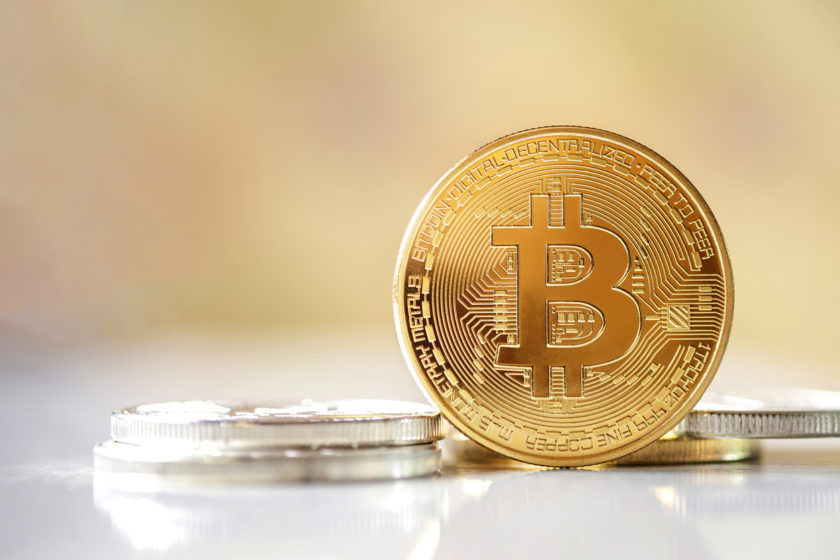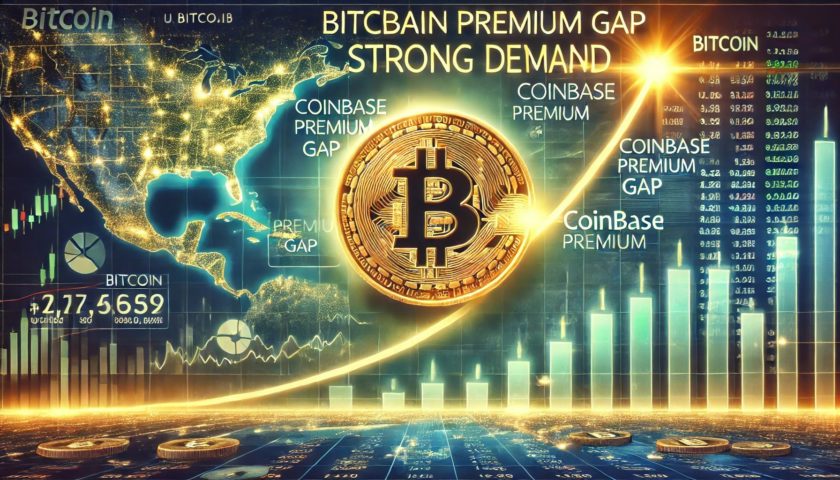When Bitcoin launched a decade ago, most people thought that it was a dubious idea and ignored it. Its algorithm read too good to be true. Nonetheless, the virtual currency rose from a value of zero to a peak of $20,000 in 2017 before it plummeted. At some point, a Bitcoin bear, Nouriel Roubini, referred to it as the “mother of all bubbles.”
2018 was majorly a bearish year for the token which saw its bottom at around $3,000. However, the most popular cryptocurrency has recently recovered currently hovering around $8,000. For example, two pizzas cost 10,000BTC in 2010. Currently, that amount of Bitcoin is worth $80 million. As Bitcoin dominates the headlines, thinkers now wonder, what is the next big thing?
What technology will replace Bitcoin? Most crypto bulls would name other altcoins as potential competitors. Some pundits like Alexander Leishman think that what is coming next is different from Bitcoin. He tweeted:
“The “next Bitcoin” is not going to look like Bitcoin at all and may not be a cryptocurrency. It is going to be some mind-bending economic paradigm shift years from now that few will recognize early on. Investors that missed the “first Bitcoin” are going to miss the next one too.”
Bitcoin Halving
Since the start of April, Bitcoin has had sterling few weeks that saw its price boom. However, it seems to have settled within the reach of $8,000 trading sideways for the last two weeks. So far the price of Bitcoin has doubled in 2019 and the bulls are in search of the next catalyst to drive the price higher.
With just a year to go until the much-anticipated bitcoin halving expected to take place in May 2020, the bulls seem to be on the right track. According to the historical price movements, the price of Bitcoin surges 3 months to a year before the halving. The current market conditions are a viable testament to this effect. Thus, Bitcoin’s all-time highs could be looming.
A famous Bitcoin and crypto fund manager Brian Kelly told CNBC that:
“We are going to hoard bitcoin at this point in time. We’re not going to sell it. You generally have a rally a year into [a bitcoin halvening], and a year out of it. And so we’re just at the beginning of that stage […] a supply cut is generally bullish.”
There have been just two Bitcoin halvings since its creation in 2009. The halving takes place after every 210,000 blocks are confirmed or mined by the system. A year after the first halving in November 2012, the price of Bitcoin reached the then all-time high of $1,000.
The 2016 halving introduced the last Bull Run that peaked in December 2017 with the price flirting with the $19,000 handle. Currently, the Bitcoin bulls and crypto watchers hope history will repeat itself. Most of the investors will be hoarding their Bitcoins hoping for a meteoric surge. They hope that the squeeze in supply will push the price high.
People are Positive
Many people think that the BTC price will go up before the next halving according to a vote on Twitter. Over 2,500 accounts participated in the polls. 61% believe that the price will rise from now until the halving. 25% believe that the price will soar after the halving.
The halving means that the reward in Bitcoin that the miners receive after creating a block on the blockchain is cut in half. Halving is done to ensure that BTC does not lose value over time.
Currently, miners get 12.5 Bitcoin when a block is mined on the blockchain. In about a year, the number will drop to 6.25 Bitcoins. According to history, there is some direct correlation between these halving and the price of the token. Theoretically, it is true that when supply decreases the price increases.




